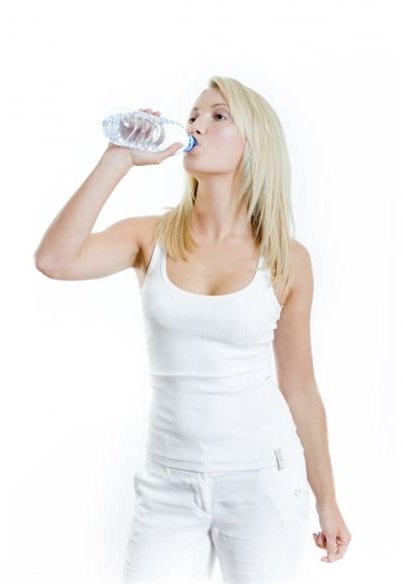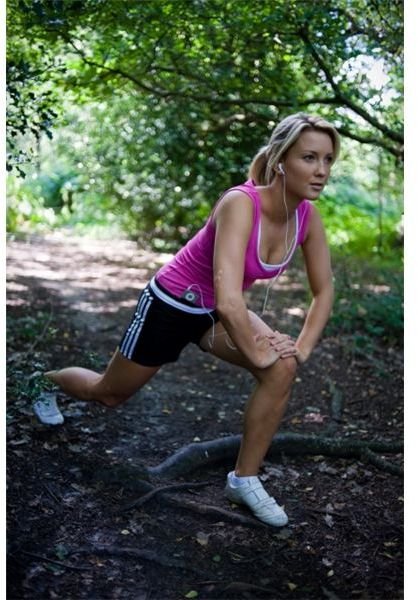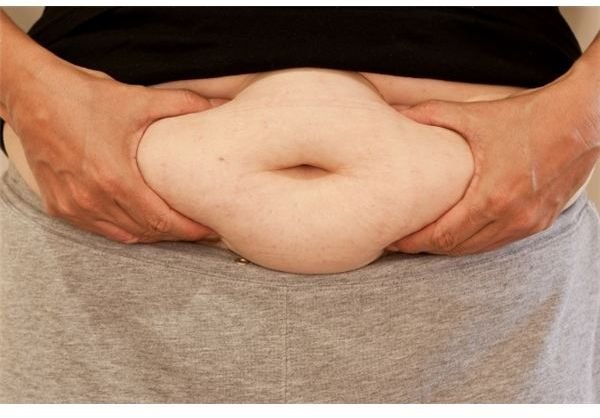Calculate Calories Needed to Maintain Weight: The Harris-Benedict Equation
Why Figure Out Calorie Count?
You may be at a good weight. You feel healthy and you look good. But all of a sudden, maintaining your ideal weight becomes a struggle as you grow older. CNN Diet & Fitness expert Dr. Melina Jampolis says, “Metabolism does drop with age (about 3 percent per decade) due to muscle loss and hormonal changes.” Many people do not realize that metabolism undergoes these significant drops, thus a person must increase exercise and calculate calories needed to maintain weight.
In women especially, when menopause begins, regulating body weight becomes a difficult task. Often times, women who have never struggled with weight in the past start to feel the pounds creep on. Although men do not endure these hormonal shifts, they tend to become less active with age, usually showing increased body fat in the belly area. Combined with decreased metabolism and stress, men can start packing on pounds. In the case of both males and females, a sedentary lifestyle will lead to weight gain as well.
Therefore, as you mature and age, you should calculate caloric intake in order to keep your healthy weight stable. Below is a simple formula to help you do so.
The Harris-Benedict Equation

The Harris-Benedict Equation figures out a person’s Basal Metabolic Rate (BMR). BMR is the amount of energy spent while the body is at complete rest.
Here is the equation:
• For women, this is the US measurement system formula: 655 + (4.35 x weight in pounds) + (4.7 x height in inches) - (4.7 x age in years) = BMR
• For women, this is the Metric system formula: 655 + ( 9.6 x weight in kg ) + ( 1.8 x height in cm ) - ( 4.7 x age in years ) = BMR
• For men, this is the US measurement system formula: 66 + ( 6.23 x weight in pounds ) + ( 12.7 x height in inches ) - ( 6.76 x age in years ) = BMR
• For men, this is the Metric system formula: 66 + ( 13.7 x weight in kg ) + ( 5 x height in cm ) - ( 6.76 x age in years ) = BMR
So let’s do the equation together for practice.
Let’s say I am a woman who weighs 120 pounds, is 5'4 or 64 inches and 40 years old. I would start with 120 x 4.35 = 522 then 64 x 4.7 = 300.8. Together this equals 822.8. Add 655. This equals 1477.8. Save this number then begin the second to last step of the equation: 40 x 4.7 = 188. Subtract 188 from 1477.8, which is 1289.8. This final number is your BMR, which tells you how many total calories you should consume in one day to maintain body functions like breathing.
The Harris-Benedict Principle for Exercise

On page one of this two part article, we discussed how to estimate your BMR with the Harris-Benedict Equation to calculate calories needed to maintain weight. In this section, we will add to this formula by taking exercise and activity level into consideration. So, for example, on page one, we estimated that a woman who weighs 120 pounds, is 64 inches tall (or 5'4) and 40 years old, has a BMR of 1289.8.
To estimate your daily calories, you simply add on to the equation:
-
No to little exercise / sedentary lifestyle: BMR x 1.2 = Daily caloric intake
-
Light exercise (one to three days per week) / lightly active: BMR x 1.375
-
Moderate exercise (three to five days per week) / moderately active: BMR x 1.55
-
Heavy exercise (six to seven days per week) / very active: BMR x 1.725
Let’s go back to the above example of the woman. Let’s say that she exercises moderately. With a BMR of 1289.8, she must multiply this number by 1.55, which equals 1999.19 daily calories needed. The number may seem high, but it is what is necessary for the body to maintain its healthy weight.
In conclusion, to be healthy as you age, you must calculate your calories and adhere to the number. If not, you will most likely gain weight. The best way to increase calories in your daily diet without gaining weight is to exercise and make it a part of your everyday life. Keeping fit and healthy is a great way to age gracefully!
Sources
CNN Diet & Fitness, Dr. Melina Jampolis – cnn.com/2009/HEALTH/expert.q.a/01/02/metabolism.calories.diet/index.html
Harris-Benedict Equation: Francis G. Benedict at the Nutrition Laboratory of the Carnegie Institution of Washington in Boston, Massachusetts, 1919.
H-B Equation with exercise – selfgrowth.com/articles/Estimate_Your_Caloric_Needs.html
Exercise activity levels – cancer.org/docroot/COM/content/div_Midwest/COM_11_2x_Examples_of_Activities.asp
Photos
Photo 1 (body fat): Michelle Meiklejohn / FreeDigitalPhotos.net – https://www.freedigitalphotos.net/images/view_photog.php?photogid=901
Photo 2 (woman) & Photo 3 (runner): Andy Newson / FreeDigitalPhotos.net – https://www.freedigitalphotos.net/images/view_photog.php?photogid=5
